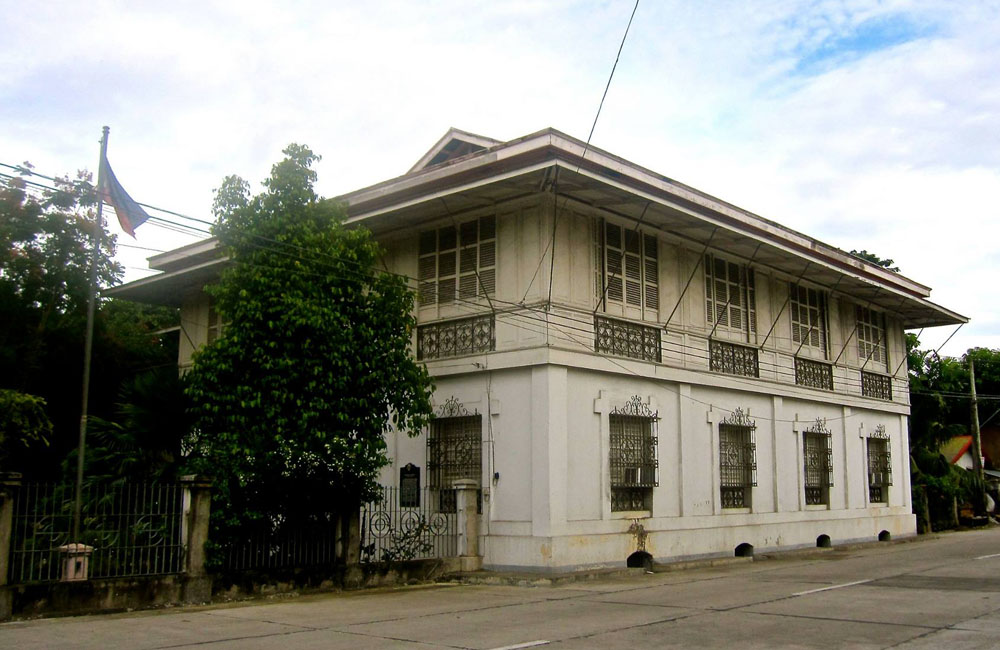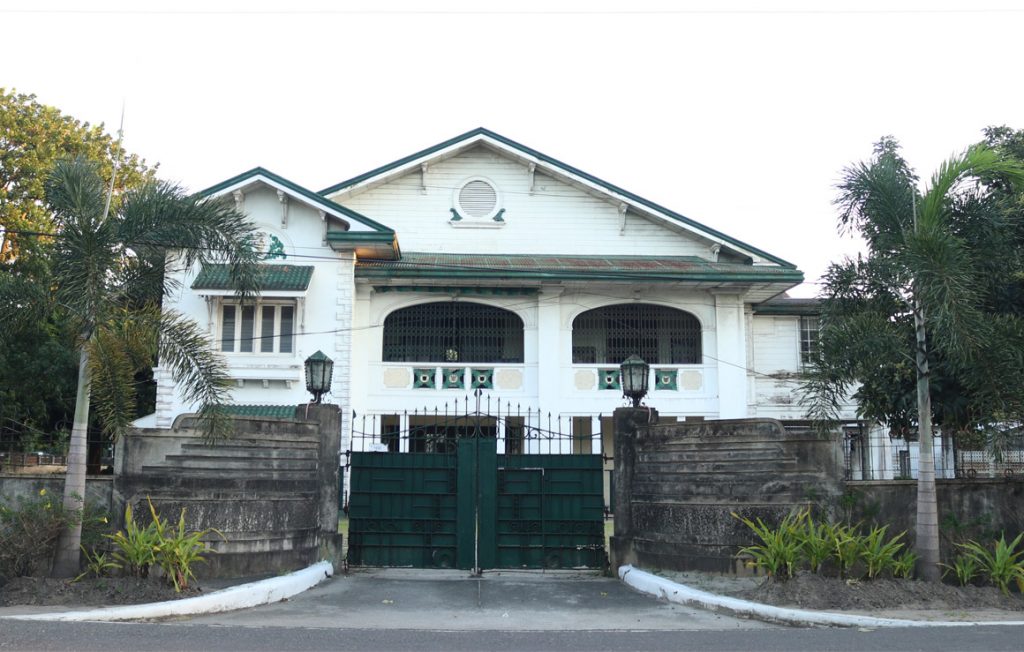BAGO CITY
Ancestral House
General Juan Araneta
- Bago City Tourism Office (034) 461-1028

- year
1890s
- appearance
Tangible Movable
- Condition
Restored
- ownership
Private
- declaration
Level II – National Historical Landmark
The General Juan Araneta ancestral house is typical of the houses built during the second half of the nineteenth century. It was, indeed, a house built of strong materials, which was meant to last for a long time. The ground floor is of thick concrete walls and the second floor has wood panel exterior walls.
The house is elevated from the ground level to provide sufficient space for a “silong”. This added space below the floors help cool the house interiors. Vent openings on this “slong” are secured with iron grilles.
Door openings are provided with thick wood panel doors. Above the main doorways are grilled transom windows to accommodate more light and air to the interior spaces. The windows are tall and wide, with “ventanilla” openings below them. As in many old ancestral houses, these window openings are secured with sturdy wrought-iron grilles in intricate designs.
Ancestral House
javellana
- Bago City Tourism Office (034) 461-1028

- year
1940s
- appearance
Tangible Movable
- Condition
Well-preserved
- ownership
Private
Set at the corner of Yulo Street, it not only offers its residents a panoramic view of the entrance to the city where the road forks, and the other public spaces and buildings, it also affords an unhampered sight for passers-by who want to appreciate the pleasant lines of this piece of architecture.
The two-storey white building situated on a 4,500 square meter land does not have the mysterious forbidding air most old houses sport. After all, it was built only in 1946 by Don Glicerio and Dona Trinidad Javellana for their family of 13 children.
Yet, it is impressive with its 14-foot ceilings and 10 bedrooms. The edifice is well-preserved and still has many of its original furniture. The four daughters of Don Glicerio and Dona Trinidad who chose not to marry, i.e. Laura, Marina, Trinidad, and Gregoria Javellana, did a very good job in maintaining the ancestral home. They were the last inhabitants of Balay Daku.




